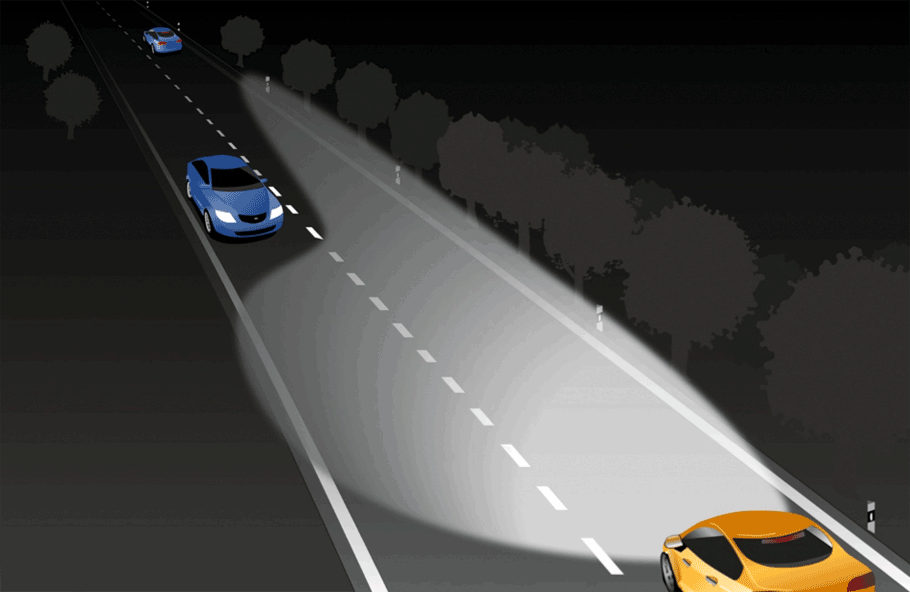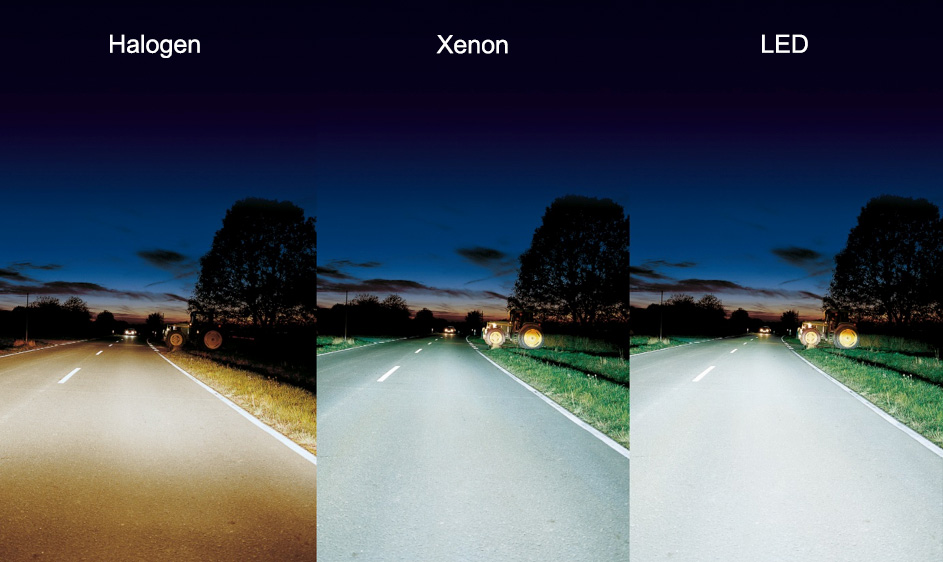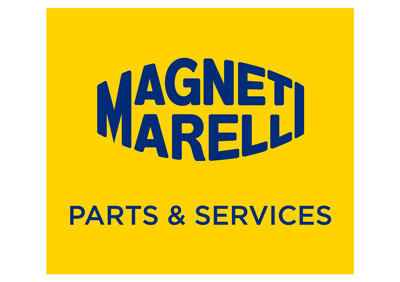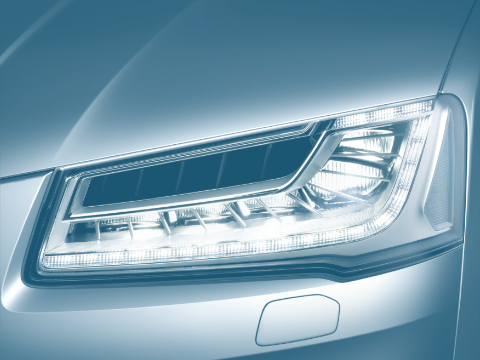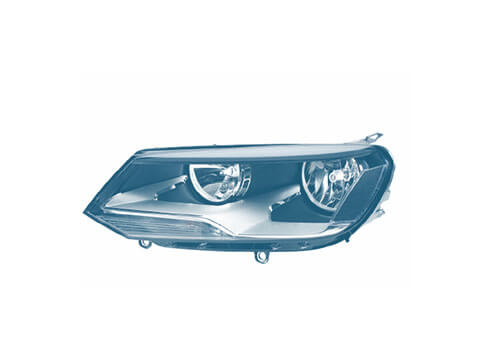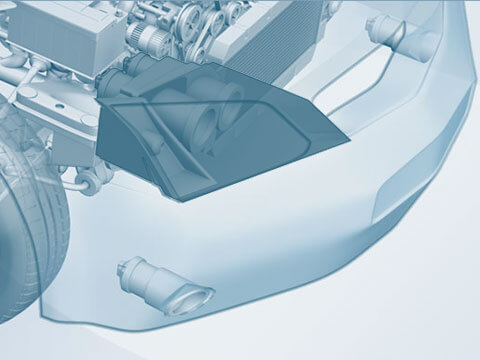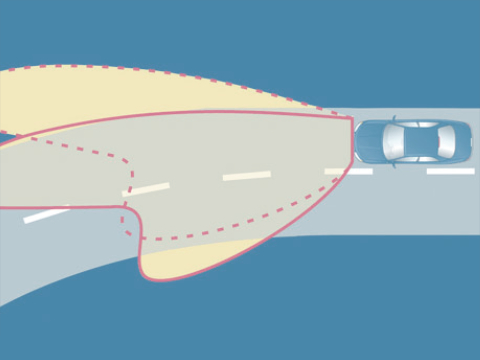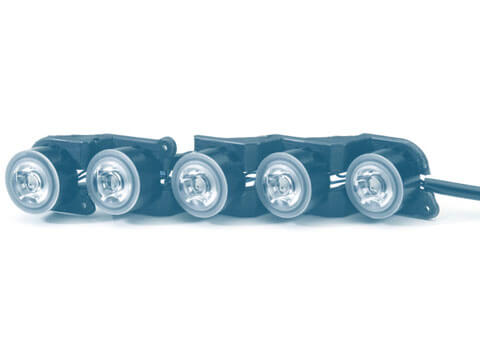High beam and dipped beam
The dipped beam is intended to ensure optimum illumination of the road surface without dazzling drivers in oncoming traffic. The high-beam lamp is a statutory requirement. It is usually incorporated into the front headlights.
Function
The dipped beam is intended to ensure optimum illumination of the road surface without dazzling drivers in oncoming traffic. As vehicle technology continues to develop, the dipped beam also benefits from each new refinement: the dipped beams found on vehicles today come in a range of variants featuring different technologies. There is a differentiation between the following systems: Halogen dipped beam:
- Halogen headlights are the most well-known and widespread dipped-beam systems. This is also the cheapest variant, which does not require any special electronic control system.
- Xenon gas-discharge lamps: Xenon-based dipped-beam lights are more powerful – and also more expensive when the required closed-loop and open-loop control units are factored in.
- LED dipped beam: LED dipped beam lights are the most modern of the three technological variants and are among the most powerful and expensive systems.
High beam
The high-beam lamp is a statutory requirement. It is usually incorporated into the front headlights. Illumination of the road surface extends much further using the high beam than with the dipped beam. The wide range of technologies associated with the dipped beam can be found here, too.
Safety
Optimum illumination enables hazards to be detected early in darkness, rain and fog. Statutory regulations concerning adjustment and cleaning have been introduced to prevent drivers in oncoming traffic from being dazzled. A headlight cleaning system and automatic range adjustment are statutory requirements for a xenon or LED dipped beam, to name two examples. The high beam should only be used in complete darkness. It enables longer-range illumination of the road surface. Furthermore, the high beam can be used as a flasher, allowing it to serve as a warning in certain situations.
Protection of the environment
The efficiency of a standard halogen lamp is around 8%; the remaining 92% is lost through thermal radiation. Halogen bulbs can be disposed of in household waste without posing a hazard. For xenon-based gas-discharge lamps, the level of efficiency is around 28% light radiation. The remaining 72% is converted into heat. When recycling, specific regulations must be observed as the mercury content in the bulbs is not permitted to be disposed of with household waste. With low power consumption and high light output, LED variants of the dipped beam already boast a high degree of efficiency.
Value retention
As a rough estimate, an LED lamp can achieve a service life of 30,000 hours or more. The service life of conventional 12-volt halogen lamps usually lies between 2,000 and 4,000 hours. It is not yet possible to replace LED dipped-beam bulbs individually as in the case of conventional 12-volt halogen lamps. In other words, the entire headlight must be replaced if a defect is present.

